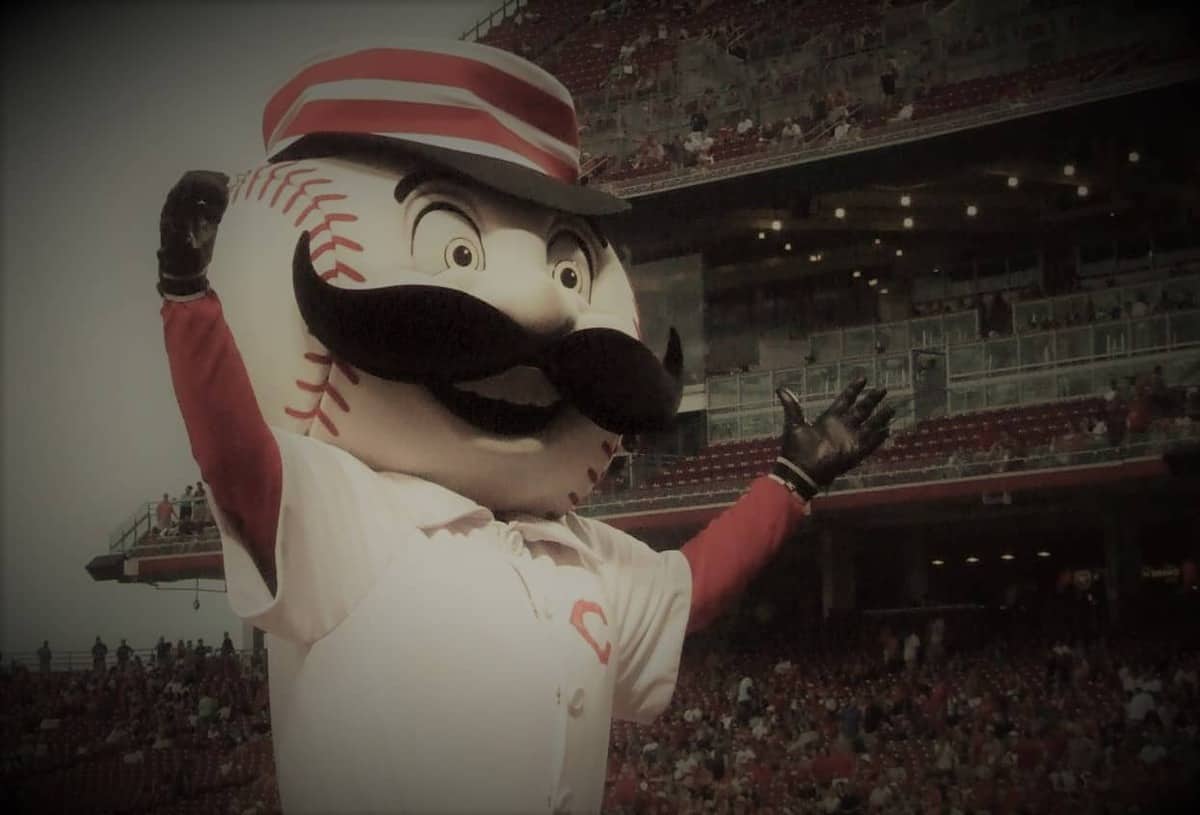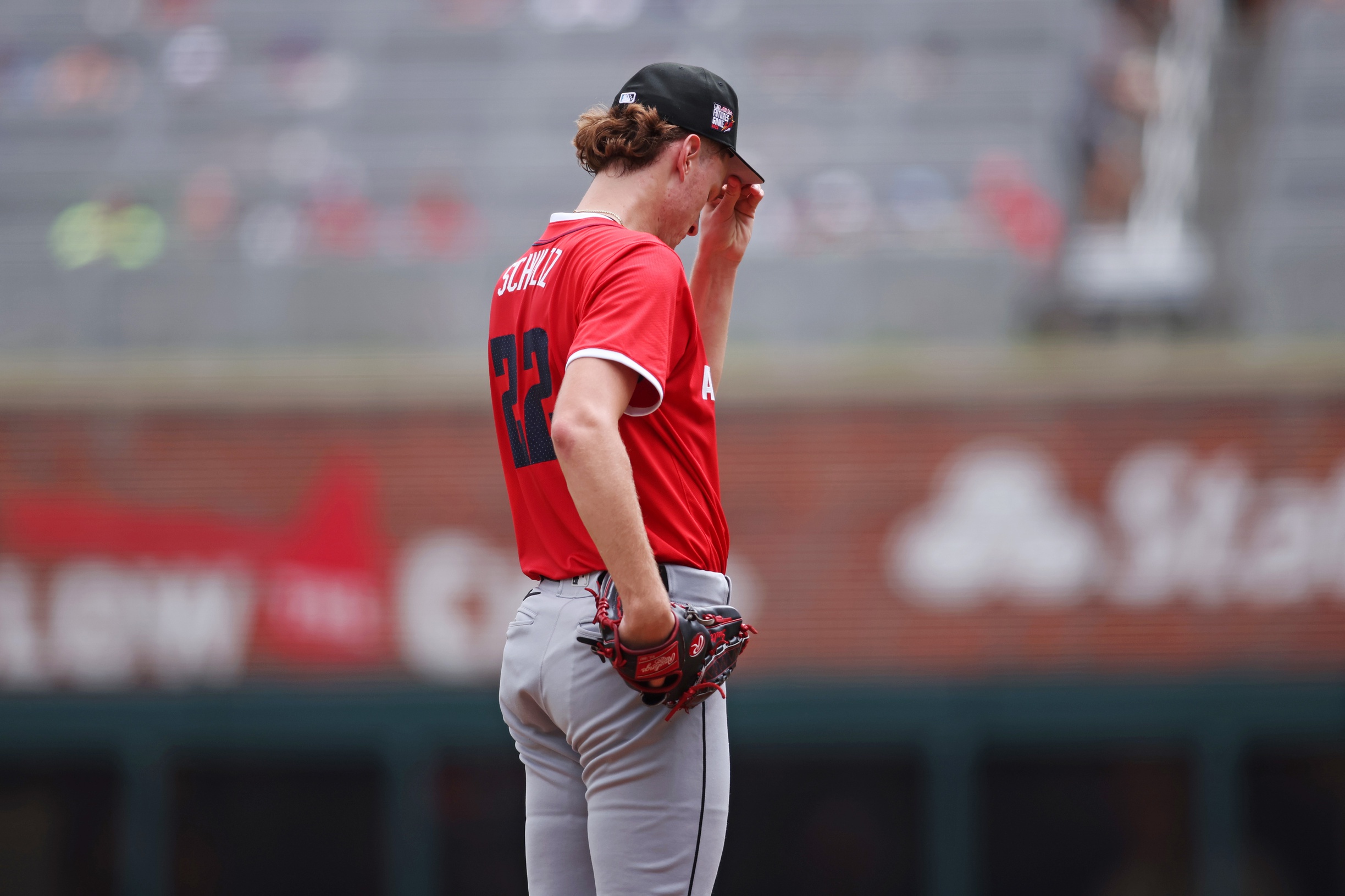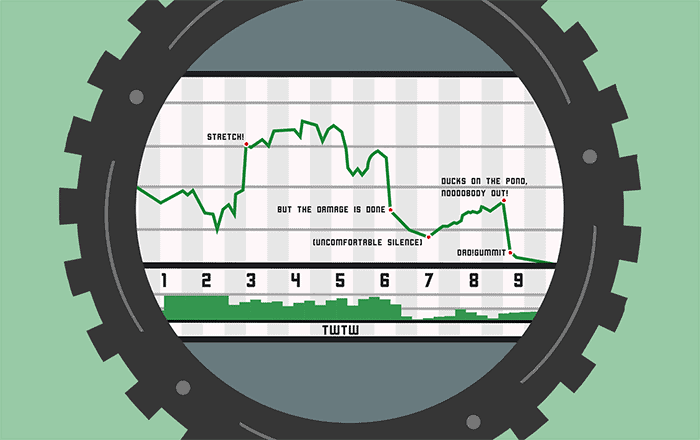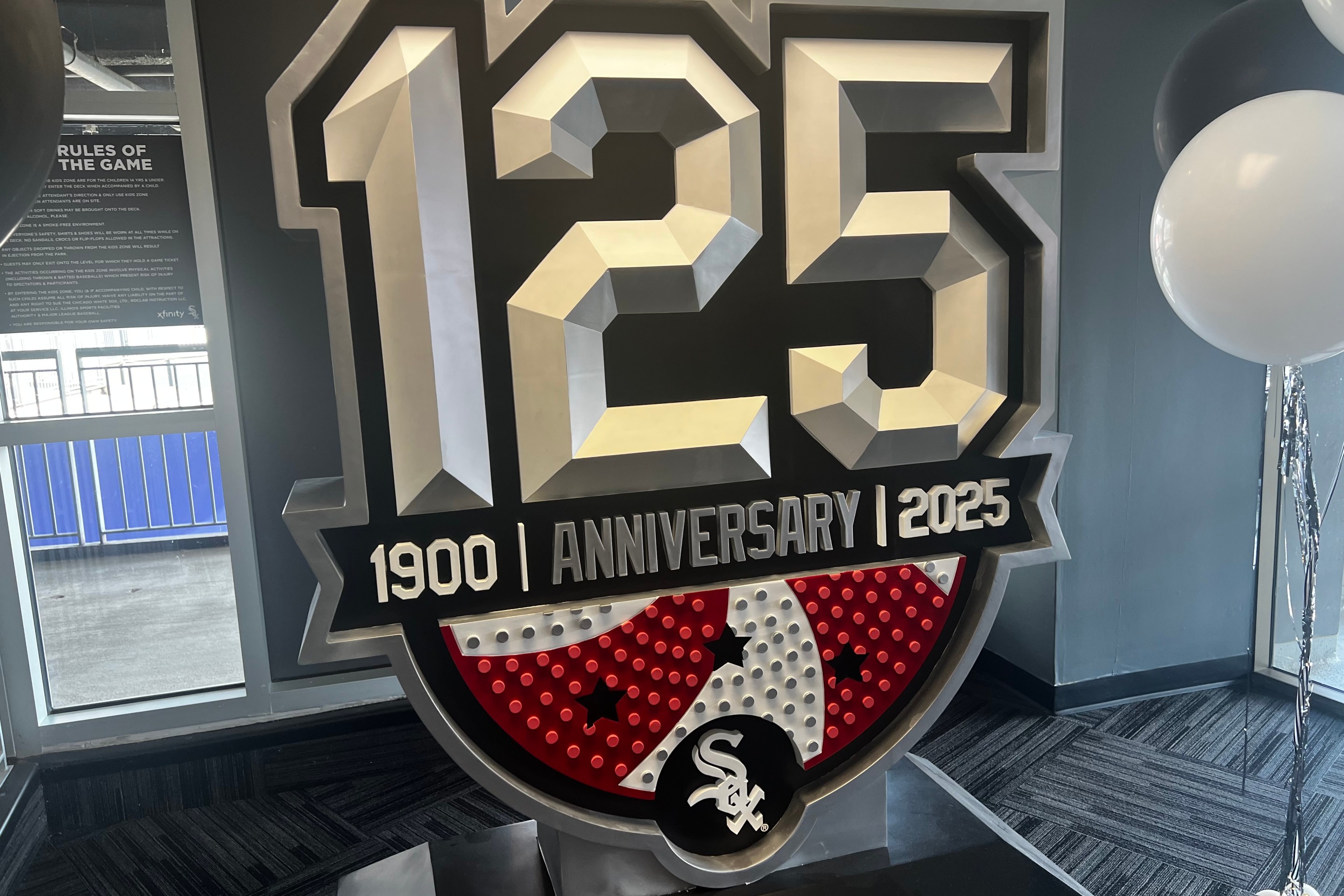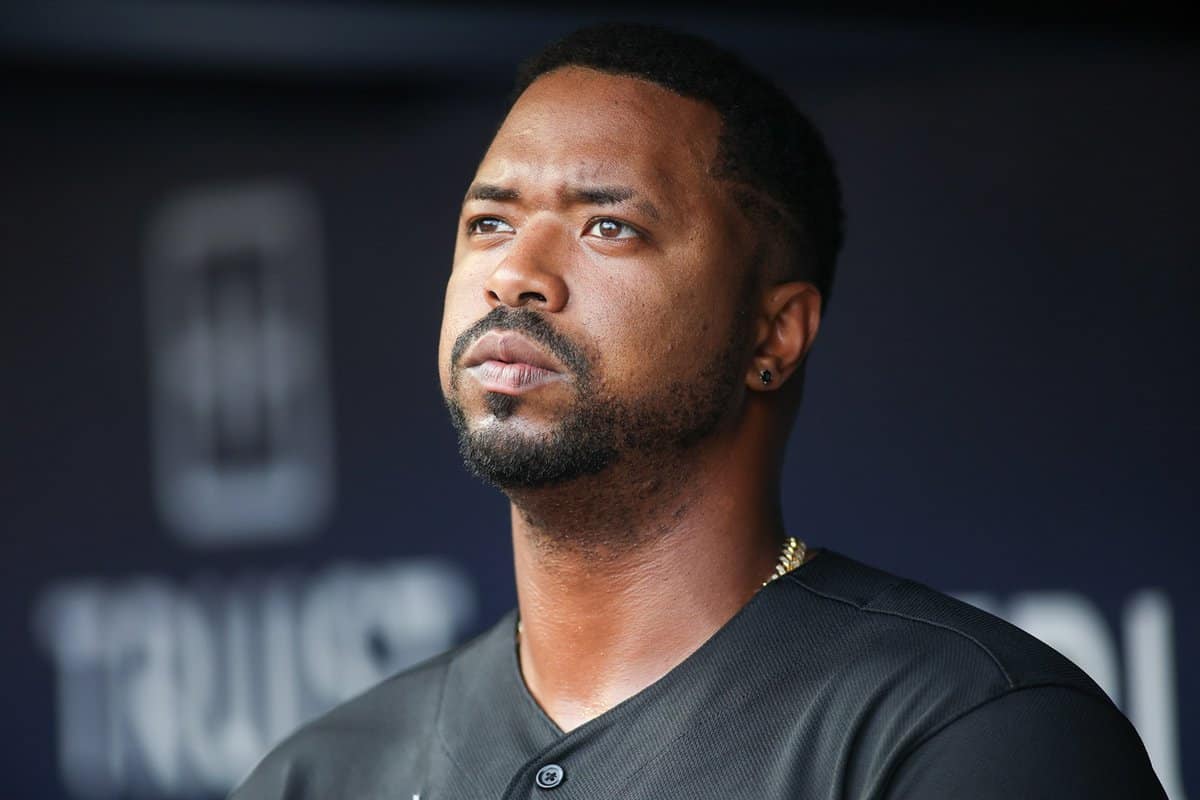The Cincinnati Reds signed Nate Jones to a minor-league deal last week. It's not the kind of deal that one would consider a finishing move, because Jones hasn't been healthy in years. Any real resonance is largely personal.
That said, my brain considers it a cementing move of sorts. For the second consecutive winter, the Cincinnati Reds are a team that have attracted my attention as a team whose offseason the White Sox could have adopted in a parallel universe.
In case you weren't paying attention last winter: While the White Sox lay dormant last winter, the Reds loaded up on adequate veterans to gauge their chances at contending. It didn't quite work out, but not for the anticipated reasons. The Reds actually solved their pitching problems -- they allowed the third-fewest runs in the National League -- but Eugenio Suarez was the only member of their vaunted infield to produce, resulting in the fourth-worst offense.
One can question whether the Reds' gambit was worth it. They improved eight wins, but that only got them to 75-87. They played a special role in the implosion of the Pirates, but otherwise fell short of conquering any of the other NL Central teams. They reversed a five-year attendance slide, but only to 1.8 million.
The White Sox approximated the same results with a lot less sweat equity. They improved 10 wins. They finished higher than fourth place for the first time since 2012, although the "competition" helped. They reversed an attendance slide, albeit to just 1.65 million.
The difference in divisions keeps me from completely writing off the Reds' effort. The Reds won three more games in a far more competitive race, making one wonder how much hell the White Sox could have raised if they wanted to. The AL Central is begging teams to make themselves more interesting. Look how it rewarded the Twins.
As luck would have it, Rick Hahn got a second chance to simulate last winter, and that's what this offseason basically is. He added Yasmani Grandal, Dallas Keuchel, Gio Gonzalez, Nomar Mazara, Edwin Encarnación and Steve Cishek to a division that might be even less competitive than it was last year. It might not work, but there are no reservations to seeing them try, because any repercussions should be muted.
Somehow, the Reds can serve as another sort of simulation. They're still on the same course with the similar obstacles, but this time both teams had to address a lot of the same roster spots, often times linked to the same player.
Catcher: The White Sox outbid the Reds for Grandal. Cincinnati has not yet found an upgrade.
Second base: The White Sox could have -- and still might -- add a veteran infield caddy to accompany Nick Madrigal, but they have internal options if they stand pat. The Reds solved that spot early, making an aggressive play for Mike Moustakas.
Starting pitching: The two teams have acquired three left-handed starters between them. Cincinnati signed Wade Miley, who comfortably slots in between Dallas Keuchel and Gio Gonzalez. The Reds showed some interest in Keuchel, although the degree varied report to report.
Outfield: While the White Sox traded for Nomar Mazara, the Reds signed left-handed outfielder Shogo Akiyama to a three-year, $21 million deal. Both teams have spent some time being the rumored landing spot for Marcell Ozuna in the offseason, although the Reds connection has lasted longer.
Akiyama was my favorite among the international free agents for his combination of OBP and the ability to cover center, although he said he liked the idea of being a club's first Japanese player. I'm more intrigued by him than Mazara, but Mazara has his own selling points. Otherwise, I'd take the White Sox' maneuverings everywhere else from this first-guessing stance.
However they accomplished it, the Reds and White Sox will enter the year as high-variance teams that are trying to get prospects and veterans to perform around the same time, which is about all one can do when trying not to break the bank. It'll be fun to see how they track. Both teams have shown over the last five years the caveats about a winning winter translating into a winning season. There's a lesson there, but it's not that adding players is bad. It's that being bad might require adding more players than initially expected.
